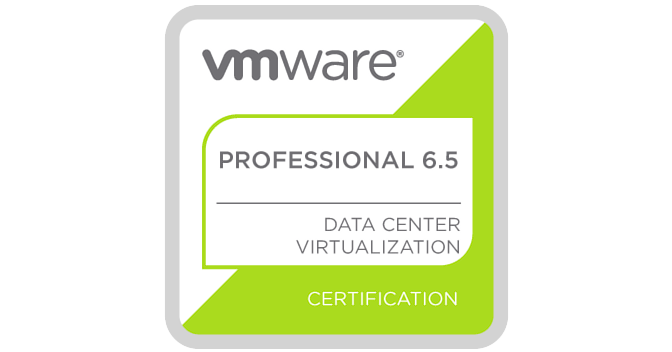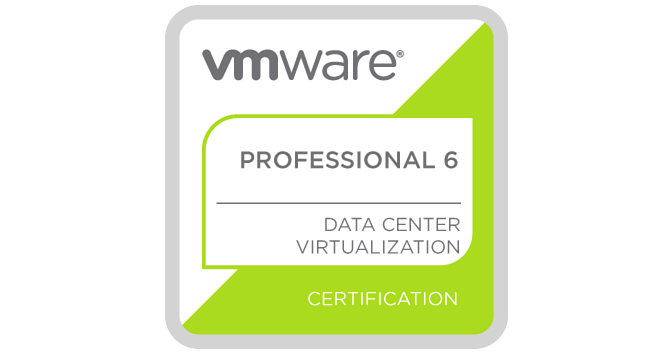When choosing a VM size for running SQL Server Management Studio (SSMS) in Azure, it's essential to consider the resource requirements of both SSMS and SQL Server. SSMS is a client application and is typically not resource-intensive. However, SQL Server can require more resources depending on your workload.
For a development or test environment where you use SSMS occasionally, a VM size from the "Standard_D" series (e.g., "Standard_D2s_v4" or "Standard_D4s_v4") should provide sufficient resources. These VM sizes offer a good balance of compute, memory, and I/O performance.
- Standard_D2s_v4: 2 vCPUs, 8 GiB RAM
- Standard_D4s_v4: 4 vCPUs, 16 GiB RAM
For a production environment or more demanding workloads, you may want to consider the "Standard_E" series or SQL Server optimized VM sizes from the "Standard_DS" or "Standard_FS" series.
Please note that the VM size alone does not determine the performance of your SQL Server instance. Other factors, such as storage configuration, network setup, and SQL Server configuration, also play a crucial role.
Ultimately, the suitable VM size depends on your specific use case, workload, and budget. You can always start with a smaller VM size and scale up as needed, taking advantage of Azure's flexibility.
















